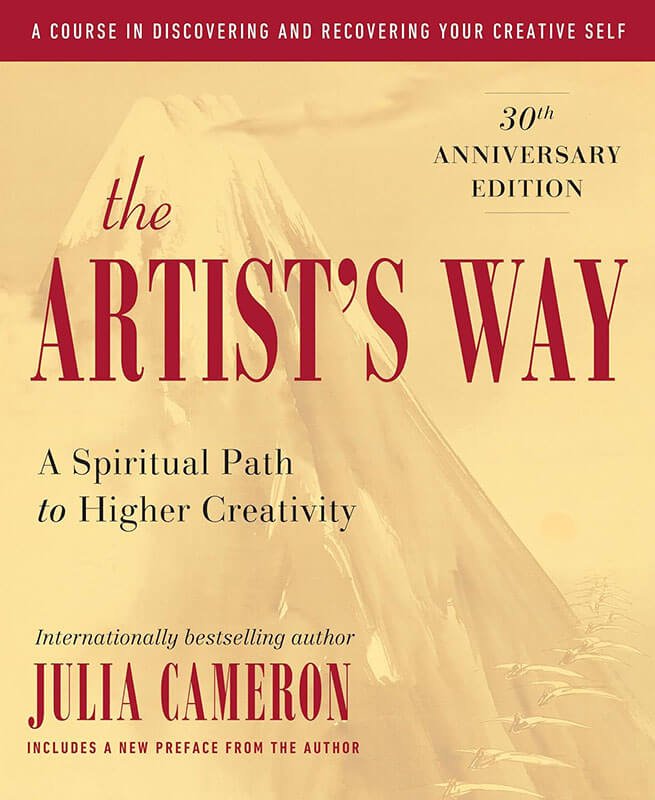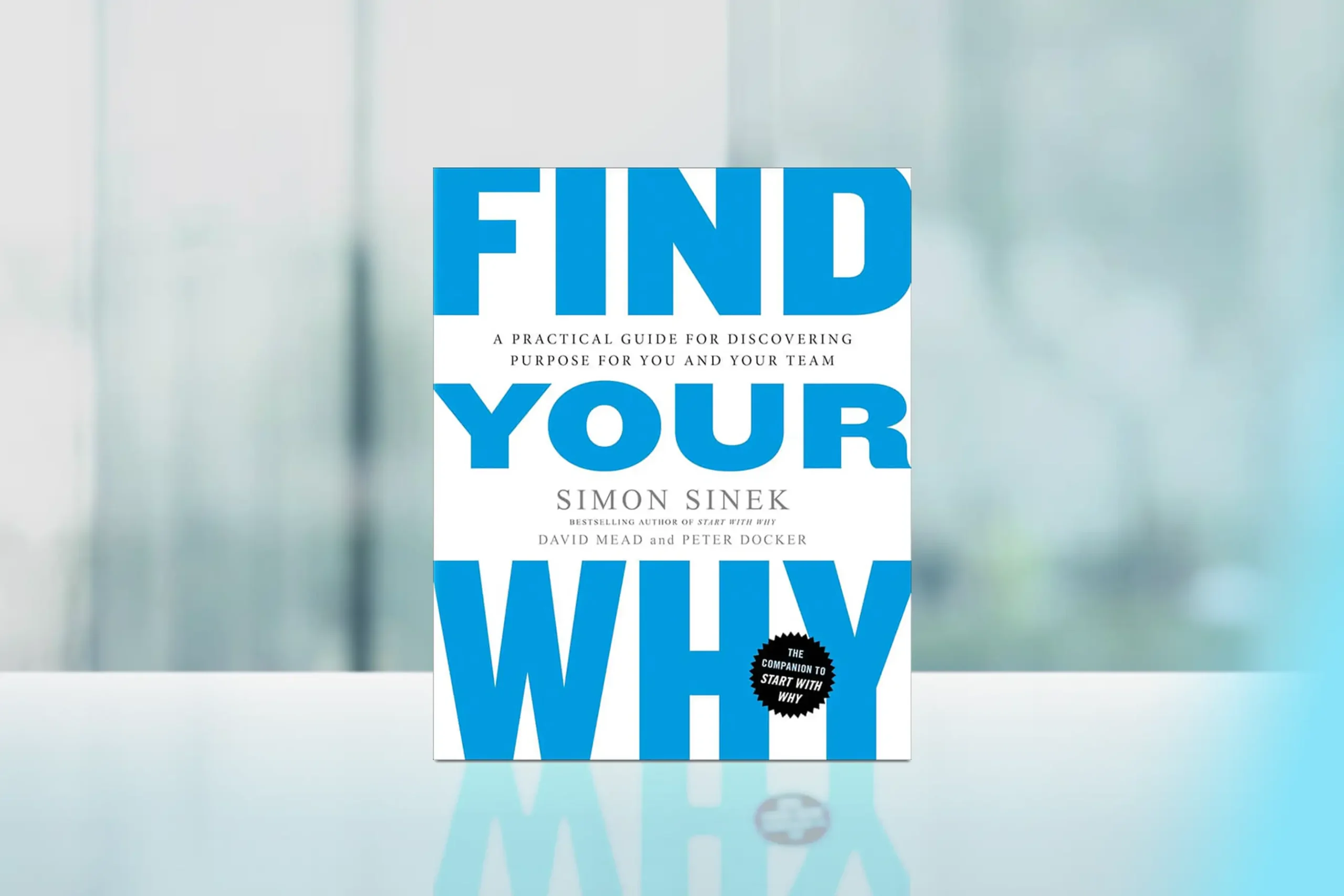Published in 2015, “Big Magic: Creative Living Beyond Fear” is Elizabeth Gilbert’s empowering manifesto on creativity. Best known for her memoir “Eat, Pray, Love,” Gilbert brings her signature warmth and wisdom to the realm of creative pursuits.
This book isn’t just for artists or writers; it’s for anyone seeking to infuse their life with more curiosity, mindfulness, and joy. Gilbert’s unique perspective on creativity as a force of nature invites readers to approach their passions with a sense of playfulness and wonder.
Core Concepts
Big Magic revolves around several key ideas that aim to transform how readers approach creativity:
- Creativity as a natural force that works through humans
- The importance of curiosity over passion
- Embracing fear as a part of the creative process
- The myth of the tormented artist
- Ideas as living entities seeking human collaborators
These concepts encourage readers to view creativity not as a rare gift bestowed upon a few, but as a birthright available to all who are willing to engage with it. Gilbert’s approach aims to liberate creativity from the bonds of perfectionism and fear, making it accessible and enjoyable for everyone.
Chapter-by-Chapter Review
Courage
Gilbert opens by emphasizing the central role of courage in creative endeavors. She addresses the fears and self-doubt that often prevent people from pursuing creative projects, offering practical strategies to confront and move through them. The chapter encourages readers to take risks, embrace vulnerability, and approach creativity with a brave, open heart.
Enchantment
In this chapter, Gilbert explores the almost mystical quality of inspiration. She discusses how ideas appear unexpectedly and how remaining receptive to these “magic moments” is essential for creativity. Gilbert frames inspiration as a playful, cooperative force, encouraging readers to see creativity as an adventurous journey rather than a rigid process.
Permission
Gilbert urges readers to give themselves permission to create without waiting for approval or validation from others. She dismantles the idea that creative work must be perfect or recognized to be worthwhile, promoting a mindset that values the joy of the process over the fear of judgment or failure.
Persistence
This chapter highlights the importance of sustained effort and resilience in creative work. Gilbert illustrates how ideas alone are not enough and emphasizes the need for discipline, consistent practice, and commitment. She provides examples of how perseverance transforms inspiration into tangible creative achievements.
Trust
Gilbert delves into the necessity of trusting both the creative process and oneself. She encourages readers to believe in their innate ability to generate ideas and to maintain confidence even when outcomes are uncertain. Trusting the process allows creators to navigate setbacks and remain open to new possibilities.
Divinity
In the final chapter, Gilbert reflects on the spiritual dimensions of creativity. She presents creative work as a source of meaning, joy, and personal fulfillment, connecting it to a larger sense of purpose and connection in life. The chapter inspires readers to see creativity not just as a skill but as a vital, enriching force that elevates everyday existence.
Key Strengths
- Inspiring and motivational tone that encourages action
- Practical advice for overcoming creative blocks and fears
- Refreshing perspective on creativity as a universal human trait
- Engaging storytelling that illustrates key concepts
- Emphasis on joy and playfulness in creative pursuits
Potential Drawbacks
- Some readers may find Gilbert’s spiritual approach to creativity unconventional
- The book offers more inspiration than step-by-step guidance, which may not suit all readers
Who This Book Is For
Big Magic is particularly valuable for:
- Aspiring creatives who struggle with self-doubt or fear of failure
- Established artists seeking to reignite their passion
- Individuals looking to infuse more creativity into their daily lives
- Anyone feeling stuck or uninspired in their personal or professional life
Final Review
“Big Magic” is a refreshing and invigorating exploration of creativity that has the power to transform how you approach your passions and pursuits. Elizabeth Gilbert’s warm, conversational style makes complex ideas accessible and inspiring.
The book’s strength lies in its ability to demystify the creative process, presenting it as a natural part of human existence rather than a lofty, unattainable ideal. By encouraging readers to embrace curiosity and let go of perfectionism, Gilbert opens up new possibilities for creative living.
While implementing the book’s ideas may require a shift in mindset, the potential rewards in terms of increased joy, fulfillment, and creative output make it a worthwhile journey. Gilbert’s practical advice and personal anecdotes provide a roadmap for those ready to embrace their creative spirit.
Rating: 4.5/5
An inspiring guide to living a more creative, fulfilling life, regardless of your chosen field or medium.

Alternative Books
If you are looking for other books like “Big Magic”, you may enjoy these related books:

“The Artist’s Way” by Julia Cameron
A classic guide to unlocking creativity through a 12-week course.
Rating 4.7/5

“Daring Greatly” by Brené Brown
Explores vulnerability and courage, themes that resonate with creative pursuits.
Rating 4.7/5

“Deep Work” by Cal Newport
While focused more on productivity, it offers insights into cultivating focus for creative work.
Rating: 4.6/5





